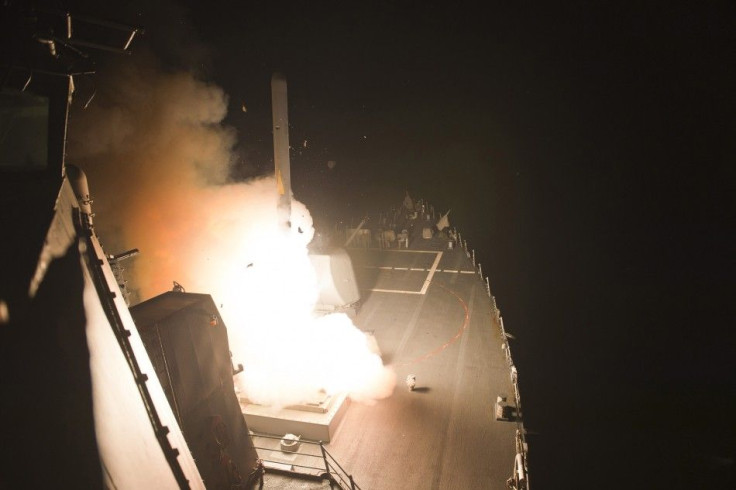U.S. Missile Shield In Europe Opens In Romania: Russia's Reservations Ignored

Tightening the screws on Russia's belligerence in Eastern Europe, the United States on last Friday marked the expansion of its defence foot print in Europe. It ignored Russia's long standing criticism, and made the first land-based U.S missile shield a reality when the U. S. Navy commissioned its new offshore missile defence base in southern Romania. It is the first of the two land-based interceptor sites in Europe designed as a NATO missile shield, reported Stripes. The next missile hub will be in Poland.
Ballistic Missile Defence System
The Aegis Ashore ballistic missile defense system at Deveselu, features the land-based version of the sophisticated radar tracking system, used by the U.S. warships for the last 10 years. It is hoped that in the next year, the missile base will become fully operational. To test the efficacy of the systems, in May this year, the U.S. conducted the first test flight of the Aegis Ashore system in Hawaii. The Romanian missile centre will be staffed by hundreds U.S. military personnel. The work on Poland missile base is in progress and will be operational by 2018. Capt. William Garren has been appointed as the missile site's first commander.
The U.S. Missile Defence shield was pursued by two U.S. administrations as a deterrent against the threat from short- and intermediate-ballistic missiles from rogue countries and also states like Iran and others. Russia has been a bitter critic of the U.S. project, and sees this as a U.S. ruse to target the Russian ballistic missile arsenal. The flare up in Ukraine and the presence of separatists and Russian forces at the Russian border came handy to the U.S. to go ahead with opening of it missile base in Europe.
Launched by the George Bush administration in 2007, the project was aimed initially at developing an extensive missile shield with focus on long-range interceptor sites. But the Obama administration modified it in favour of short- and medium-range missiles.
Ship-Borne Interceptors
The missile centre will be optimised under a phased manner. At the moment, the missile defense will be based on ship-borne interceptors. As and when the permanent land sites in Romania and Poland become fully operational, there will be upgrades to advanced interceptor technology using land and space-based sensors. In the short term, the U.S. will move four destroyers to Rota in Spain. The supporting, advanced radar system back up in Turkey was completed in 2012.
Tackling the medium- and longer-range missile threats will be the task of the land-based site in Poland. Military.com reports that the new missile defense base in Romania will be a force multiplier for the NATO. The Romanian missile centre has been constructed with a cost of $134 million.





















